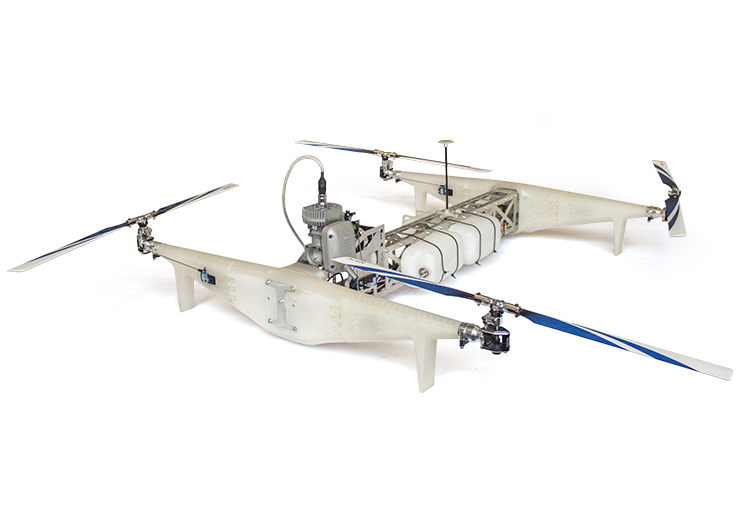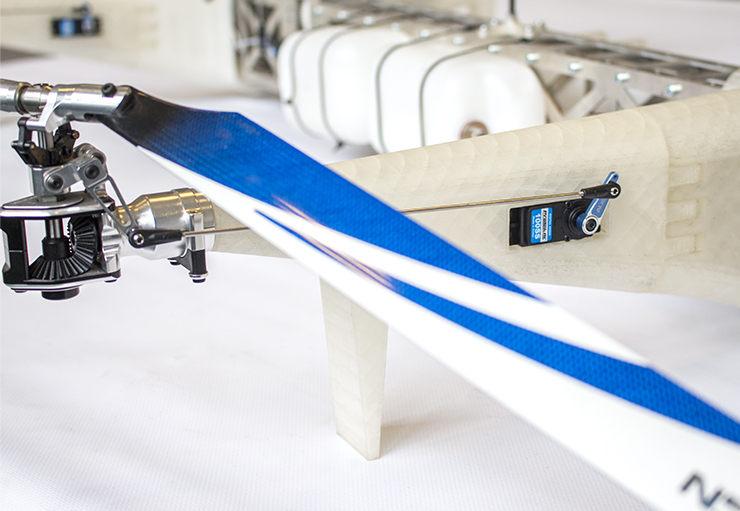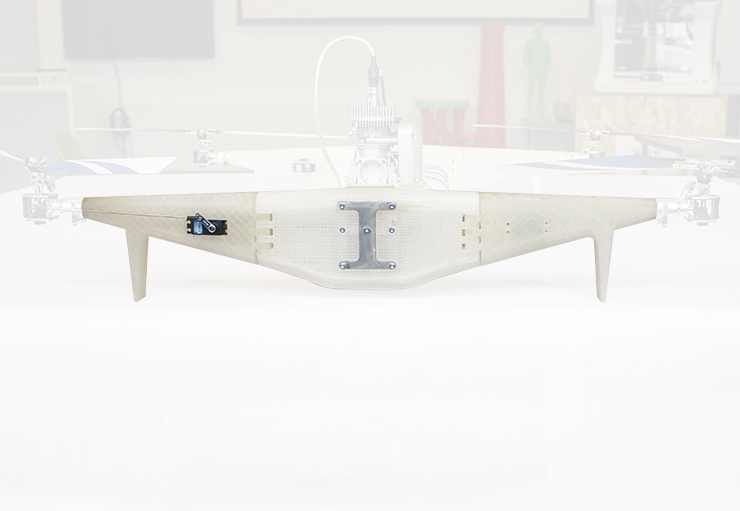The origin of the drone
The word ‘drone’ was coined when the first unmanned military strikes came in the news. Drones used to be rather large aircrafts, resembling more a plane instead of a helicopter. Back then, they were also exclusively used by the military due to the high costs of such a machine.

What is meant with a drone today
Today, the word drone portrays a relatively small flying unmanned vehicle. These often have four, or more rotor to keep it in the air. Popularity has skyrocketed ever since the technical components needed to build one became smaller and affordable. Now you can buy a small drone for less than 50 euros.
The purpose of drones
Drones were mainly used in military. Being able to transport goods in high risk areas with an unmanned vehicle is positive for obvious reasons. But since autonomous navigation is also getting better, constant monitoring isn’t needed anymore. Soon there will be a point when drones can be send out to their destination without having to think about how they will get there. This means that transportation can be done with less personnel, leaving more people free to do other things.
The drawback of the current drones
However, regular drones aren’t there yet. Multiple rotors and a computer controlling and guiding the craft take a lot of energy, which is stored in battery cells. Similar to electric cars, this decreases the operation range of the car and increases the weight as well. This will have significant effects on the weight of the drone which ultimately will affect its range of action.
Therefore, a big influence is the capacity to effectively store energy. In general, batteries store less energy per kilogram than fuel.
A fuel powered drone
Fuel is still a better way to create a long distance craft at the moment. And as we have seen with cars, changing from fuel to electricity is something we can always eventually do.

Rotor design: rotational rate vs variable pitch
A common drone is normally powered by rotors. These rotors work by changing the rotational rate to increase or decrease lift per rotor. This allows the drone to go up, down and move around.
However, the lift can also be influenced by adjusting the pitch of the rotors (the variable pitch).
What is variable pitch?
A variable pitch means twisting the rotor length. This will increase or decrease the surface of the rotors in the direction it is going. The results will affect distribution. therefore influencing the drone’s lift.
This same principle happens when you put your open hand out in a moving car. Here the speed of the car would be rotational speed and your hand the rotor. If you would position your palm perpendicular to the ground, you will feel quite some force on your hand. But if you twist your palm parallel to the ground, the force will decrease significantly. This change in force is achieved by not slowing the moving car (decreasing the rotational speed), but by twisting the palm of your hand (changing the pitch of the rotor).
The advantages of variable pitch
The variable pitch can influence each rotor individually. This allows the drone to have only one combustion motor to decrease the weight and increase the action range. Variable pitch also allows more fine-tuned control compared to adjusting the rotational rate.
3D printing solution
However, the variable pitch rotors are more complex. A rotor on a small electrical motor is smaller and easier to mount compared to a variable pitch rotor. 3D printed arms will keep the weight of the rotor arms low. Moreover, the variable pitch system can be embedded into the arms for stability and protection.

3D printing the drone arms
Due to the distribution of the load, a simple design was made featuring tapered stretched cylinders. Using the cylindrical shape in the arms had the advantage of barely interfering with the airflow of the rotors. Each arm had pockets in which the servos of the variable pitch system were placed.
The variable pitch has to be mirrored on each arm. Therefore, the arms have to be symmetrical. By splitting the the arm in three segments (a center part and two arms), the whole arm structure could be designed in two parts. So the center part was printed twice and each arm was printed 4 times. In order to keep the outer shell light yet strong, the wall thickness was 0.8 mm. and the infill was 10%.

Combining old and new techniques
The common drone is a fairly new product. But combining this with a older power source (combustion), the drone’s reach and overall characteristics will improve. By combining old and new production methods a more fine-controlled machine can be made. The variable pitch embedded in the arms’s sockets of the drone is an excellent use of 3D printing. The main body of the drone is made out of aluminum frame, therefore decreasing weight and providing housing for parts.
3D printing is here to increase and expand. A new technology rarely replaces the old, but it is often able to enhance or add to it. How do you think 3D printing could be used for you projects and production? If you are wondering about possible solutions or would like to receive a free consult, please let us help you.
